#Ascomycota
Text

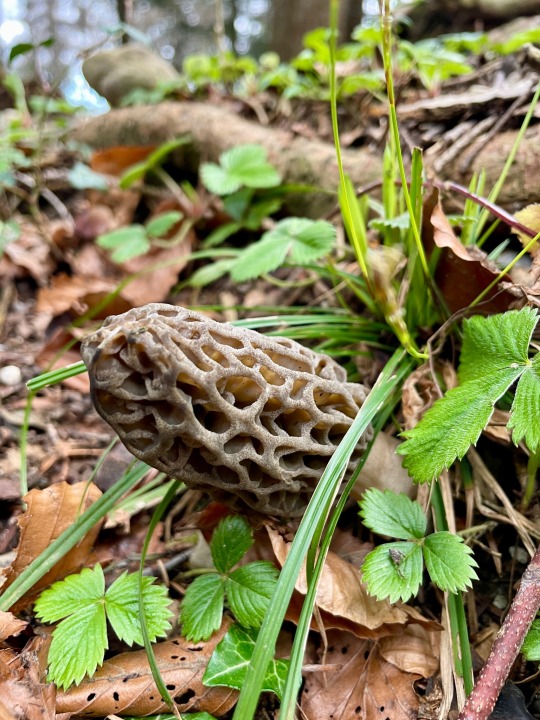
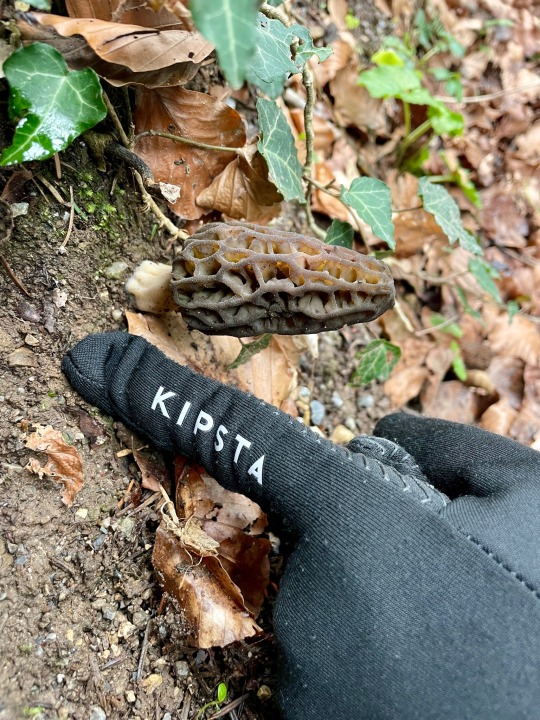

Spitzmorchel, Morchella elata 23.03.24
#mushrooms#pilze#mycology#fungi#wild fungi#mushrooms switzerland#pilz#mushrooms of switzerland#pilzesuchen#ascomycota#mochel#morchella#morel season
58 notes
·
View notes
Text

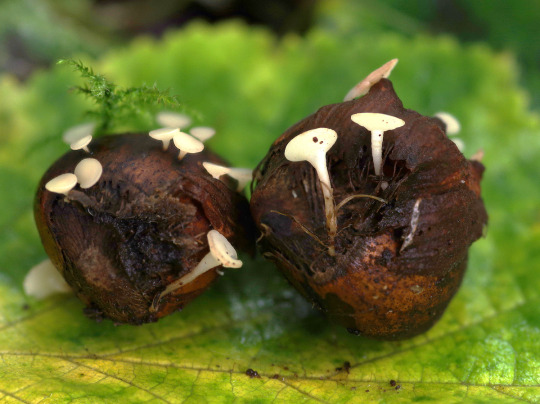
Nut disco - Hymenoscyphus fructigenus - growing on last year's hazel nuts
199 notes
·
View notes
Text

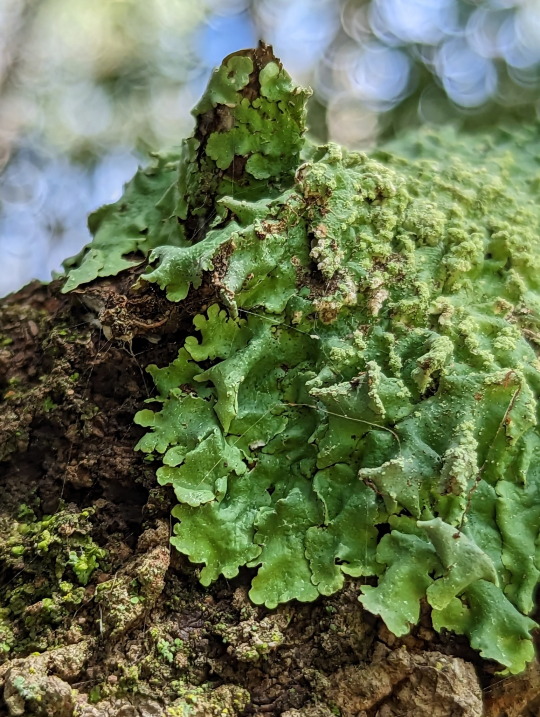






Shield Lichens
Unidentified, subfamily Parmelioideae
24/03/23 - NSW, Dapto
#Parmelioideae#unidentified#Typical Shield Lichens#Lecanoromycetes#Common Lichens#lichen#Pezizomycotina#Higher Ascomycetes#Ascomycota#Ascomycete Fungi#fungi#fungus#mycology
121 notes
·
View notes
Text

Glasscup
#artists on tumblr#original photographers#orofeaiel#pnw#washington#original photography#nikon#nature#hiking#pacific northwest#macro photography#lensblr#glasscup#goblincore#forest#fungus among us#fungi#ascomycota
31 notes
·
View notes
Text



Step 1) become a lichenologist ✔️
Step 2) abuse my lichenological knowledge to create this boy✔️
Step 3) play him in dnd ✔️
Then he takes over the world and everyone loves him forever because he is the best
#old gods#ascomycota#lichen#lichen creatures#he is juste a little creacher#thatse it#dnd#dnd character art#art#illustration#artists on tumblr#character design#concept art#dnd art#character art#dnd character
207 notes
·
View notes
Text



Try some things with lichens.


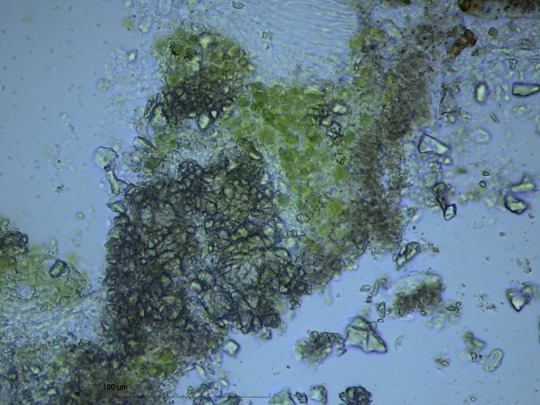

Polarisation

Lichen
#mycology#microscope#mushrooms#pilze#wild fungi#fungi#pilz#mushrooms switzerland#pilzesuchen#mushrooms of switzerland#ascomycota#lichen#bresser#bresser microscope#flechten#pilze und flechten#polarisation#mikroskop#pol filter#cristal
54 notes
·
View notes
Photo

Crinkled snow lichen (Flavocetraria nivalis) in Arapahoe National Forest, Colarado, USA
by Ron Wolf
#fungi#mycology#lichens#Flavocetraria nivalis#flavocetraria#Parmeliaceae#Lecanorales#Lecanoromycetes#ascomycota
35 notes
·
View notes
Text
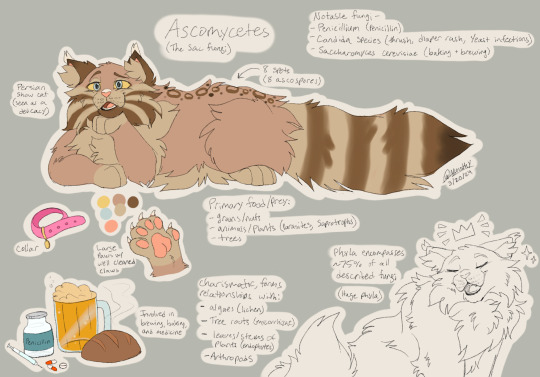
Each one of these has been more complicated than the last
#cat art#cat#warrior cats#warriorcatsart#warrior cat art#warriors au#warrior cats art#biology#catified#fungi#fungus#ascomycota#fungus cats#phylum#mushrooms#mold#mushroom spores
3 notes
·
View notes
Text
Gonna post this one every two hours again since that seemed to work well xD
19 notes
·
View notes
Text

Figuring out Leorio's favorite ascomycota rather difficult, likely because I was focusing on the tasty and showy ones instead of recognizing that penicillium is also an asco. But as an aspiring doctor, I think it would hold a special place in his heart as the fungus that changed the medical field.
#leorio#leorio paladiknight#hxh#hunter x hunter#hxh fanart#hxh headcanons#hxh leorio#traditional drawing#ascomycota#fungi#This made me realize why I hate traditional art#But he looks so happy examining the little fungi#I was going to reblog this and write a paragraph about my problems with perfectionism and traditional art#But after letting it sit for a few days I think I'm finally happy with it#eudikart
15 notes
·
View notes
Text
𝐁𝐚𝐫𝐛𝐞 𝐝𝐢 𝐛𝐨𝐬𝐜𝐨 ツ
Le 𝐁𝐚𝐫𝐛𝐞 𝐝𝐢 𝐛𝐨𝐬𝐜𝐨 (Usnea) è un genere di licheni frutticosi grigiastri-verdastri, con crescita simile a piccoli arbusti spogli ancorati su cortecce o rami di alberi.

Il genere appartiene alla famiglia delle Parmeliaceae ed ha distribuzione cosmopolita.
Le specie del genere vengono comunemente chiamate barbe di bosco e ricordano il genere Evernia; sono anche simili a quelle appartenenti al genere Alectoria. La differenza risiede nella caratteristica elasticità dei talli di Usnea, mancante invece nel genere Alectoria.
L'Usnea ricorda, inoltre, una specie di angiosperma del genere Tillandsia, tanto che quest'ultima è stata chiamata Tillandsia usneoides; come altri licheni, l'Usnea è una simbiosi tra un fungo e un'alga.
Nel genere Usnea, il simbionte fungino appartiene alla divisione degli Ascomycota, mentre il simbionte algale alla divisione delle Chlorophyta.
Come tutti i licheni con tallo frutticoso, la morfologia delle specie di Usnea è simile a quella di un piccolo arbusto ancorato alla corteccia dell'albero ospite; al contrario di altri licheni con morfologia simile, le specie di questo genere hanno una corda elastica che decorre al centro del tallo, che si può osservare tirando delicatamente un filamento del tallo.
L'Usnea si riproduce per via vegetativa (frammentazione, asessuata); attraverso i soredi, o sessuale, oppure tramite ascogoni e spermatogoni.
In natura, il tasso di crescita dei licheni è lento, seppure in condizioni di laboratorio è stato possibile velocizzare la crescita di Usnea coltivata in loco.

L'Usnea cresce spesso su alberi morenti o malati, dato che l'assenza delle foglie permette al lichene una maggiore capacità di fotosintesi; questo ha portato i giardinieri a credere che questi licheni siano la causa delle malattie che affliggono gli alberi ospite.
Le specie di Usnea sono particolarmente sensibili all'inquinamento atmoferico: in particolar modo all'anidride solforosa; in caso di cattive condizioni ambientali, possono crescere solo pochi millimetri, se riescono a sopravvivere. Dove l'aria non è inquinata, possono crescere sino a 10–20 cm.
La particolare sensibilità dell'Usnea all'inquinamento atmosferico la rende utilizzabile quale bioindicatore ambientale.
#𝐁𝐚𝐫𝐛𝐞 𝐝𝐢 𝐛𝐨𝐬𝐜𝐨#Usnea#licheni#frutticoso#Parmeliaceae#angiosperma#Tillandsia#Tillandsia usneoides#simbiosi tra un fungo e un'alga#simbionte fungino#Ascomycota#simbionte algale#Chlorophyta#tallo frutticoso#via vegetativa#soredi#ascogoni#spermatogoni#fotosintesi#sensibili all'inquinamento atmoferico#anidride solforosa#bioindicatore ambientale
2 notes
·
View notes
Text
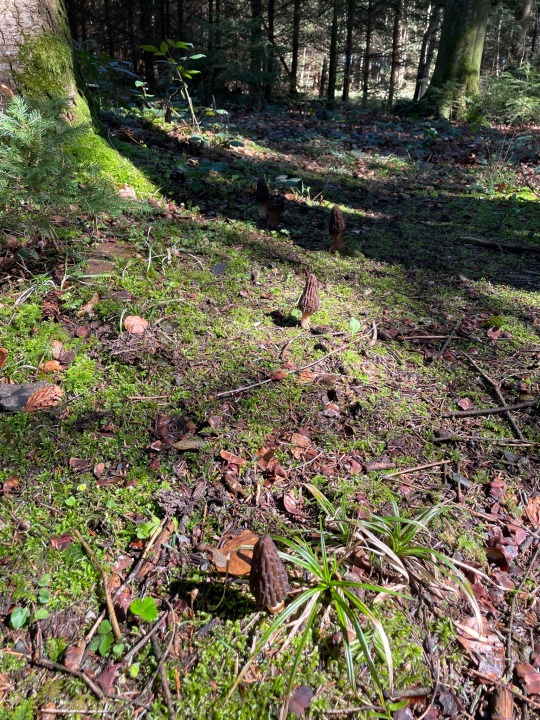
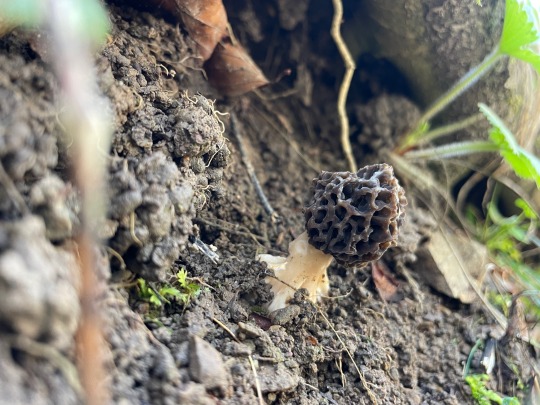
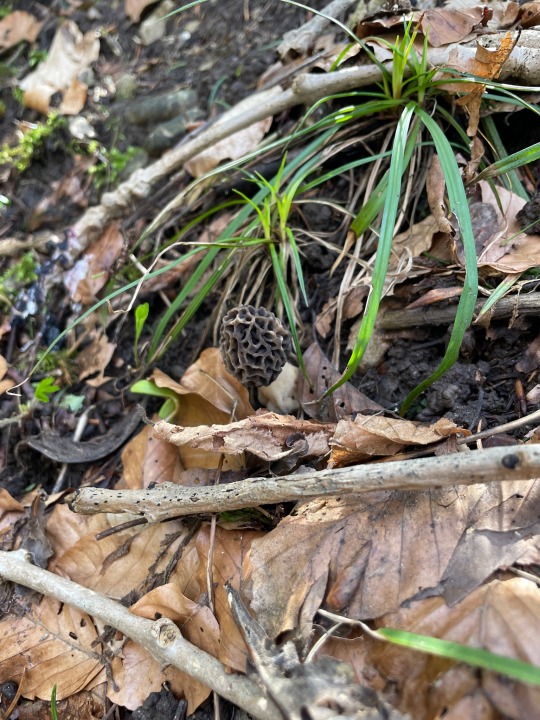
Neues aus der Morchel Saison, Update from the morel season
#mushrooms#pilze#mycology#fungi#wild fungi#mushrooms switzerland#pilz#mushrooms of switzerland#pilzesuchen#ascomyceten der schweiz#ascomycota#morchella#morcheln#morel
36 notes
·
View notes
Text

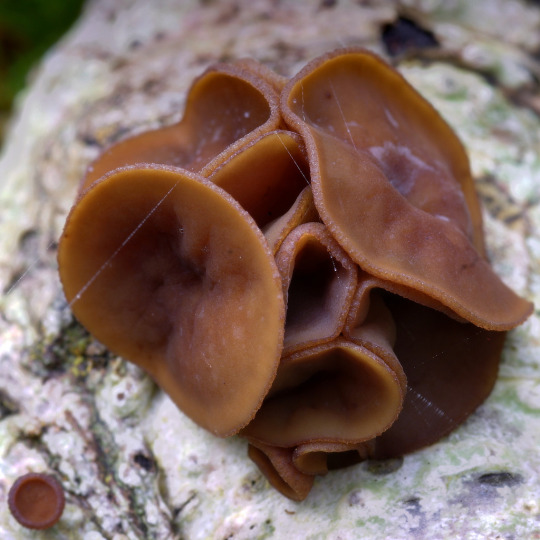


Rutstroemia firma is a brown cup fungus that grows on dead oak wood. It often has a long, dark stem, but can also come up in crowded rosettes.
100 notes
·
View notes
Photo
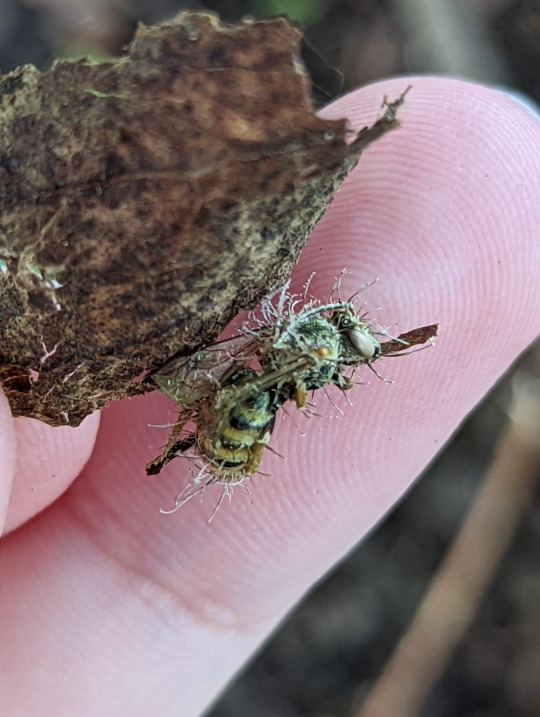

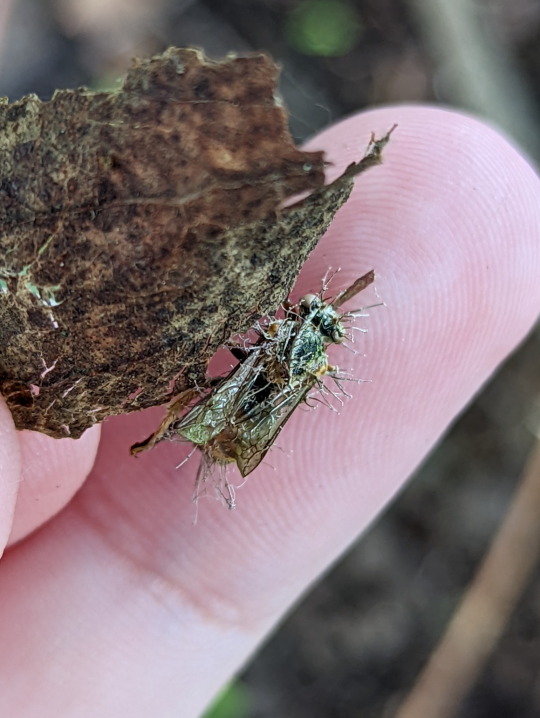
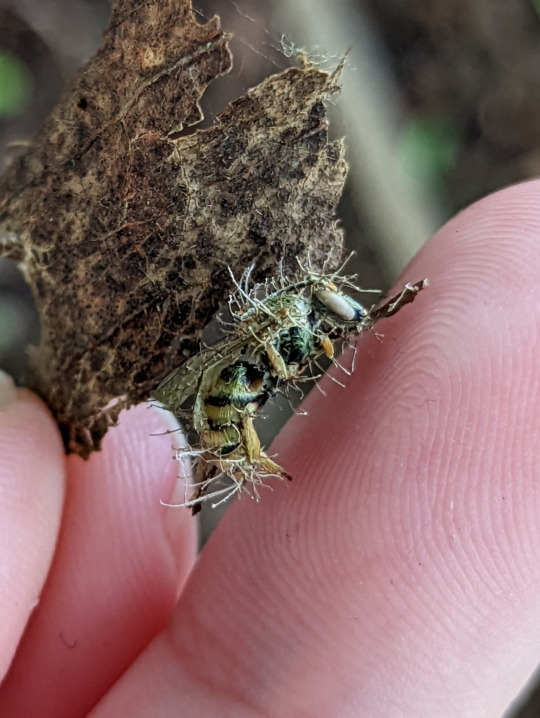
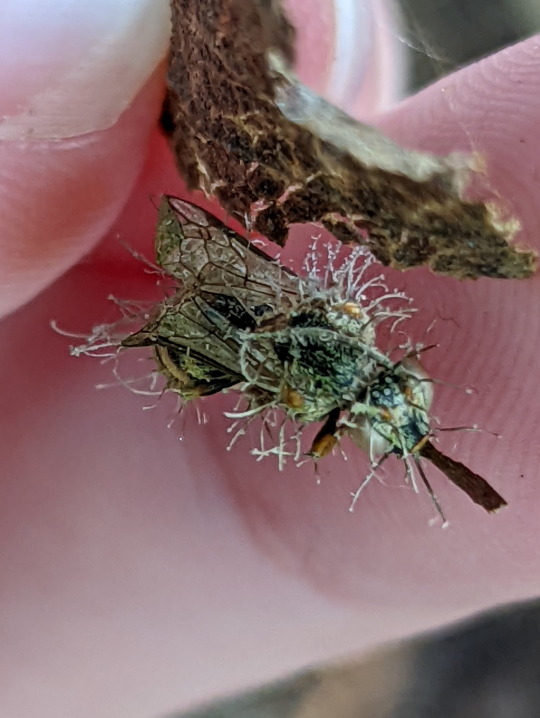

Hymenopteran Insect Infested with Fungi
Unidentified, class Sordariomycetes
31/08/22
#Sordariomycetes#Unidentified#hymenoptera#parasitism#parasitic fungi#Ascomycota#Ascomycete Fungi#Pezizomycotina#Higher Ascomycetes#mycology#fungi#fungus#entomophagy#bugs#bugblr#bugs tw#bug#insectblr#insects#insect#insecta#insects tw#entomology#Arthropods#Arthropoda#invertebrates#invertblr
172 notes
·
View notes
Text

8/16/22
#fungi#dead man's fingers#Xylaria polymorpha#Ascomycota#saprotroph#Sordariomycetes#Xylariales#Xylariaceae
2 notes
·
View notes
Text
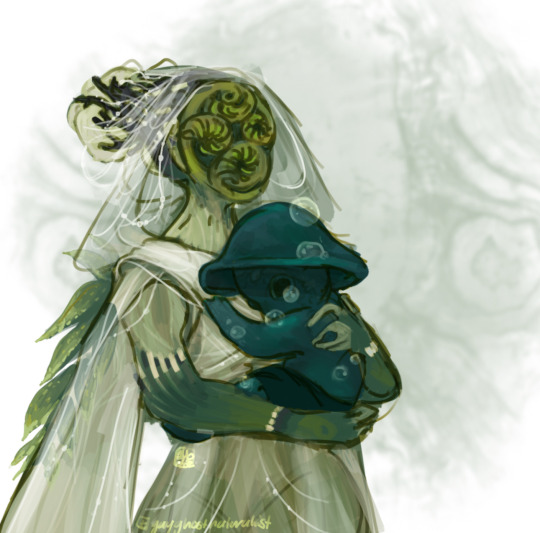

My lichen boy as a very little baby, he’s a old god of old Ascomycetes and almost all lichen fall in that division. Lichens are interesting because it’s not a heritage thing it’s more like a lifestyle choice. The ability to lichenize has been gained and lost several times. I read a paper that changed the emergence of lichens after crown tracheophytes (vascular plants, like ferns, horsetails etc) and I pictured his sister division, Glomeromycota sort of bringing him to land. Glomeromycetes are mycorrhizal and can kind of be… assholes about it. They can hoard everything and might force a symbiosis which is interesting. Um, yeah. I have more art for them floating around my blog.
#botany worldbuilding#boy#lichen#ascomycota#lichen creatures#old god#summon an old god they said#ttrpg art#ttrpg homebrew#fungi#glomeromycota#botany in fantasy#my oc#character design#botany#art#artists on tumblr#scientists#ferns#horsetails#moss
38 notes
·
View notes